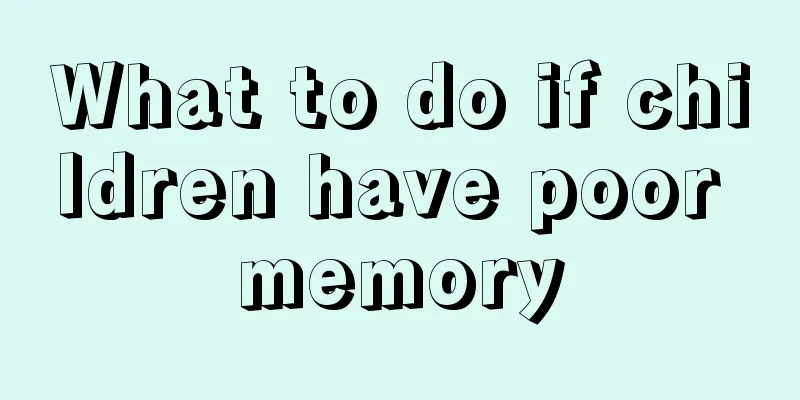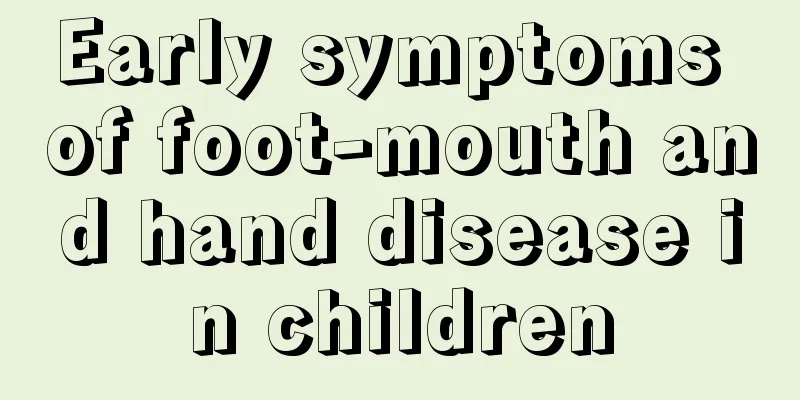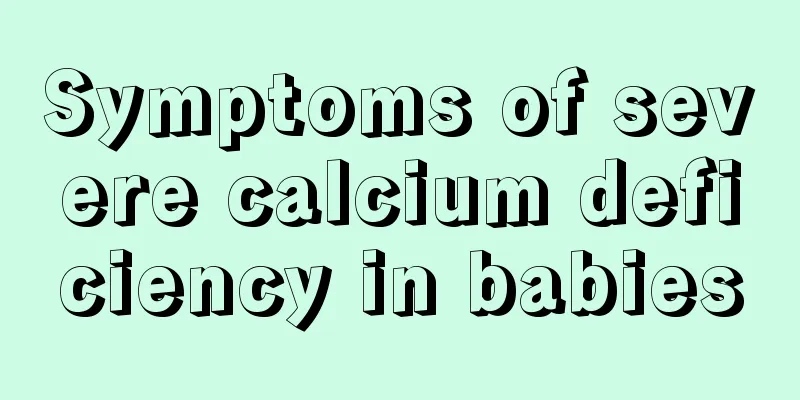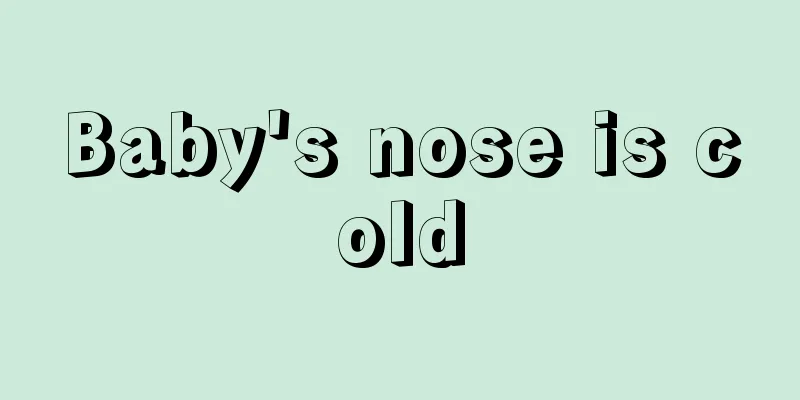Treatment of nephrotic syndrome in children, these methods are very effective

|
If nephrotic syndrome occurs in children, parents must pay great attention to it and give their children the best treatment measures. It is worth mentioning that the treatment methods for children are different from those for adults. The most commonly used treatments for nephrotic syndrome in children are as follows: 1. General treatment: Patients with severe edema and hypoproteinemia should rest in bed, eat a low-salt diet (2-3g/day), and control their water intake; and give a high-protein diet, 60-80g per day for adults. 2. Diuresis and swelling reduction: Generally speaking, after one week of treatment with cortical hormones, urine volume will increase rapidly and diuretics are no longer needed. For patients with poor hormone response, edema that cannot be relieved or decreased urine volume, 25-50 mg of hydrochlorothiazide can be given 3 times a day, plus 20-40 mg of spironolactone 3 times a day; or 50-100 mg of triamterene can be added 3 times a day. If the effect is not obvious, furosemide or sodium urate can be used instead, and potassium-sparing diuretics can be added at the same time. The dosage can be started with the regular amount. For refractory renal edema, add 20 mg of dopamine and 10 mg of phentolamine to 250 ml of 10% glucose solution, or 500 ml of low molecular weight dextran, and drip it intravenously. Combined with 40-60 mg of furosemide, intravenously, once a day for 2-5 times, good results can often be achieved. 3. Corticosteroids: Commonly used hormones include prednisone, prednisolone, fluticasone, dexamethasone, etc. The dosage ranges from small to large, and the dosage, course of treatment and discontinuation indications are quite inconsistent. Some patients with type I primary nephrotic syndrome can achieve natural remission, while the treatment effect of type II is often not ideal. When taking long-term hormone therapy, you should pay attention to the side effects of hormones. Intermittent therapy has fewer side effects and can be used as long-term maintenance treatment. There is a greater chance of infection when using hormone therapy, and anti-infection treatment should be appropriately strengthened. 4. Immunosuppressants: Immunosuppressants have significant toxic side effects and are generally only used when adrenal cortical hormones are ineffective. Commonly used drugs include nitrogen mustard, cyclophosphamide, chlorpromazine, and azathioprine. 5. Combination therapy: Combination therapy is currently used to treat refractory primary nephrotic syndrome, namely, quadruple therapy of corticosteroids, cyclophosphamide, heparin, and dipyridamole. You can also try cyclosporine A, with a dose of 3-6 mg/kg per day and a course of 2 months, which has a good effect on eliminating proteinuria. |
<<: What to do if your child has smelly feet? Parents must know how to remove the odor
>>: What to do if your child has hemangioma
Recommend
Can children drink milk powder if they have a cough?
Children are the group most likely to cough. Fami...
What should I do if my child has jaundice? This is the correct solution!
Whenever a child develops jaundice, parents will ...
Causes of rickets in children
Children have weak constitutions and are easily s...
What causes red spots on children?
Every family hopes that everyone in the family is...
Is it okay to use air conditioning when the baby has a cold?
The weather in the dog days of summer is hot and ...
Signs that your baby will talk
For a new mother, the biggest surprise is when he...
Can my baby get a vaccination if he has phlegm in his throat?
Because newborn babies have relatively weak body ...
Check the trace elements of children
Trace elements are essential to our human body, a...
What to do if your 10-year-old child wets the bed
Generally, children will stop wetting the bed whe...
What to do if your child keeps vomiting
Why do children always vomit? Children's body...
Height standard for babies between two and three years old
I believe that the baby's physical health is ...
What should you pay attention to when your baby starts to eat complementary food?
In fact, many parents do not know how to take car...
Children's nosebleeds in winter
Children's physical conditions are complex, a...
What to do if your child's hand is swollen after being bitten
The weather is hot in summer and there are more m...
Is it good for children to drink yogurt at night?
Yogurt has become a mainstream now. Many people l...









